The Ares program was a crewed spaceflight project led by the United States'
National Aeronautics and Space Administration, in collaboration with other members of the
United Nations Aerospace Commission, that succeeded in its milestone goal of landing
humans on the surface of
Mars. The Ares program spanned 18 years, from 2010 to 2028 CE, and five missions, each a duration of between 300 and 462 days with 30 of those days spent on the Martian surface. All five missions were a success, and the program was followed in time by the
IMRS.
The Ares program was adapted from plans that NASA had been quietly developing at Glenn Research Center since 2005, and as such NASA was the primary operator of the program, with hardware and personnel contributions from partner agencies. From its announcement in 2010, it took another eight years of preparation, training, and construction before the first mission was ready to begin. Ares I was launched in mid-2018 and reached the red planet a few months later. On October 3rd, 2018, commander Anna Wilson of the United States was the first human being to ever set foot on Mars, and the first living thing on the planet in almost four billion years.
The Ares program was the most exciting thing that had ever happened to humankind at the time, and captivated the public imagination for over a decade. The Ares missions greatly enriched humanity's understanding of Mars and provided vital insights into how to best conduct future surface operations on the red planet. Ares V returned home in early 2028, ending the first crewed Mars exploration phase and opening the door for the next.
Missions
There were, in total, five Ares missions over the course of ten years. Each landed at and studied a site on Mars specifically chosen for their optimized balance of landing safety, accessibility, and scientific interest.
Ares I
The mission was launched on June 27, 2018 and returned to Earth on April 24, 2019 (total time 301 days). The crew consisted of Anna Wilson (NASA), Dr. Akande Oyekan (PAUSA), Arseni Petrov (ROSCOSMOS), and Hiraoka Ayami (JAXA). Mars orbit insertion occurred on October 1, 2018, though landing was delayed two days due to radar system malfunctions. Touchdown of MTAV
Kittinger occurred at Pathfinder Delta within Chryse Planitia on October 3, 2018, and surface operations were conducted until November 2, 2018 (30 days, or 29 Martian sols). Base camp was named "Mars Station Alpha," on account of all four explorers' given names beginning with the letter 'A'. This was subsequently adopted as the official naming scheme for the Ares bases.
Ares II
The mission was launched on August 19, 2020 and returned to Earth on August 22, 2021 (total 367 days). The crew consisted of Oman Lawrence (NASA), Kira Shuyskaya (ROSCOSMOS), Luo Feng (CNSA), and Dr. Joana Campos (AECS). Mars orbit insertion occurred on December 9, 2020, though landing was delayed a day and a half due to a faulty communication system. Touchdown of MTAV
Daedalus occurred at Da Vinci Crater within Xanthe Terra on December 11, 2020, and surface operations were conducted until January 10, 2021 (30 days, or 29 Martian sols). Base camp was named "Daedalus Base" as an homage to both the crater's namesake and the MTAV, though its official designation was "Mars Station Beta."
Ares III
The mission was launched on October 12, 2022 and returned to Earth on November 22, 2023 (total 406 days). The crew consisted of Douglas Kirk (NASA), Linnea Vikstrom (ESA), Zhao Jian (CNSA), and Sunder Harish (ISRO). Mars orbit insertion occurred on February 17, 2023. Touchdown of MTAV
Columbia occurred at Sharanov Crater within Lunae Planum on February 17, 2023, and surface operations were conducted until March 19, 2023 (30 days, or 29 Martian sols). Base camp was named "Camp Mangala" in reference to the Hindu god who represents Mars, though its official designation was "Mars Station Gamma." Greater than expected atmospheric static charge caused some minor problems during surface operations, but none were considered abort-level risks.
Ares IV
The mission was launched on November 18, 2024 and returned to Earth on February 23, 2026 (total 462 days). The crew consisted of Anne Kaplan (NASA), Vitomir Korenev (ROSCOSMOS), Bai Wuying (CNSA), Camilla Principato (ESA), Kayumi Tokimasa (JAXA), and Amir Sandoval (AECS). Mars orbit insertion occurred on April 11, 2025. Touchdown of MTAV
Earheart occurred at Galle Crater within Argyre Planitia on April 11, 2025, and surface operations were conducted until May 11, 2025 (30 days, or 29 Martian sols). Base camp was named "Bellona Station" in reference to Mars' counterpart in the Roman pantheon, though its official designation was "Mars Station Delta."
Ares V
The mission was launched on December 26, 2026 and returned to Earth on April 1, 2028 (total 462 days). The crew consisted of Victoria Rodriguez (NASA), Nashka Maksimova (ROSCOSMOS), Xun Huang (CNSA), Lars Taubmann (ESA), Liana Zawadi (PAUSA), and Rashid al-Moussa (UAESA). Mars orbit insertion occurred on May 19, 2027, and the Mars Moons Explorer probe was detached during final insertion maneuvers to rendezvous with Phobos. Touchdown of MTAV
Aquila occurred at Hellas Chasma within Hellas Planitia on May 19, 2027, and surface operations were conducted until June 18, 2027 (30 days, or 29 Martian sols). Base camp was named "Rockslide Ridge" due to the nearby Coronae Scopulus, though its official designation was "Mars Station Eta."
Mission Structure
Each Ares mission followed this procedure:
- The crew is launched from Earth to rendezvous with the UNMS Athena in low Earth orbit, via the Orion crew shuttle.
- Athena burns its four colossal "Earth-escape" chemical rocket boosters, each the size of a Space Shuttle main tank, to escape the gravity well of the Earth-Luna subsystem, jettisoning the almost-empty tanks after achieving Mars transfer trajectory. The boosters, now only powering themselves, use their remaining fuel to return to lunar orbit in order to be recovered and refueled by ILRS Deep Space Gateway personnel.
- Well on its way to Mars, Athena engages its Sagitta ion-fusion drive, allowing the vessel to decelerate to Mars capture velocity over the course of the outbound trip (ranging between 96 and 144 days of travel).
- Arriving in Mars orbit, the crew spend up to two days making preparations -including guiding the supply drop pods through safe descent to the landing zone.
- Once preparations are complete, the crew board the Mars Trans-Atmospheric Vehicle (MTAV) docked at the front of the vessel and make the harrowing drop to the surface.
- The crew set up their habitat and equipment and spend thirty days on the Martian surface conducting science.
- The crew pack up their belongings and samples, store their equipment, and launch to orbit in the MTAV, docking with Athena again.
- Athena burns its twin "Mars-escape" boosters -much smaller than the EEBs- to exit the gravity well of Mars, although these boosters are not jettisoned.
- Once on return trajectory (up to 288 days of travel), Athena engages its ion drive again for slow braking.
- Athena enters low Earth orbit and rendezvous with the ISS to refuel and reattach its boosters, while the crew are sent home to Earth in the Orion crew shuttle.
- Athena is resupplied, including the docking of a new MTAV, for the next mission.
Legacy
The Ares program, like its predecessors
Apollo and
Artemis, is widely recognized across the human diaspora as a key reason for humankind's modern status as adept starfarers, best expressed by Commander Wilson in her first words upon touching the Martian surface:
"We're finally out of the cradle." October 3rd is now recognized across human civilization as Exploration Day, in honor of the Ares I and
Arete milestone achievements. The Ares program as a whole is especially important for the people of Mars, who commemorate this essential cultural heritage with annual celebrations on the day of each Ares landing, in addition to extremely dedicated preservation of the five landing sites (although four out of these five are now quite deep underwater.)
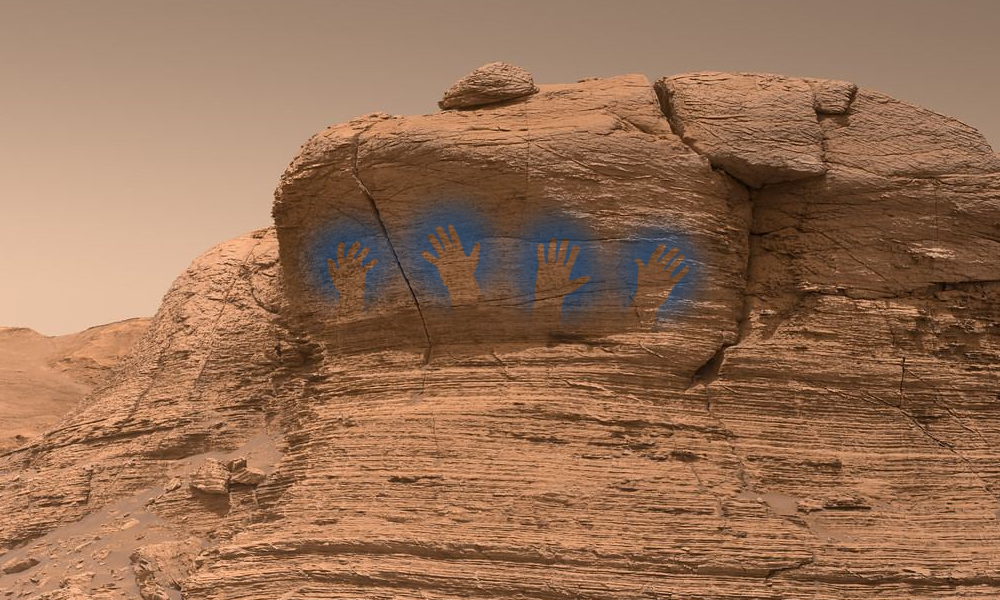
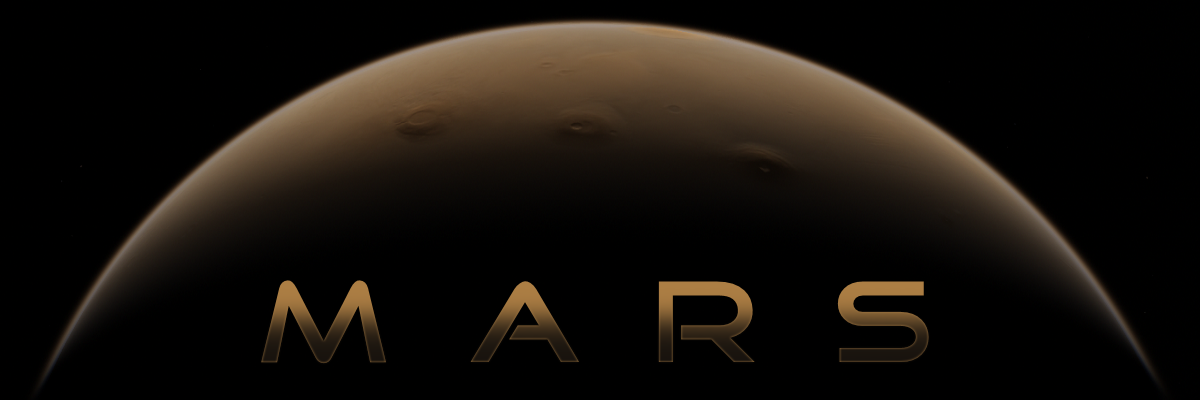
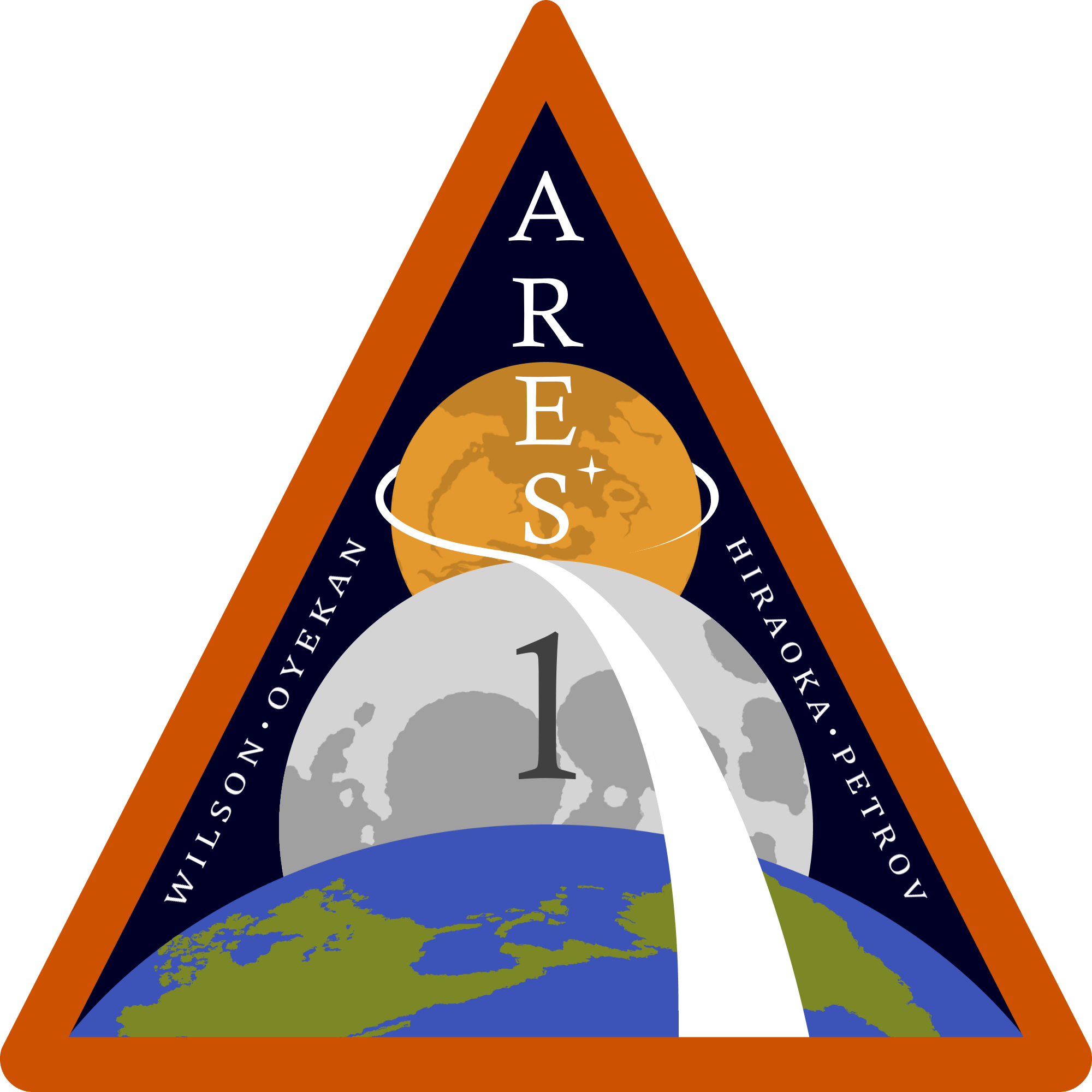
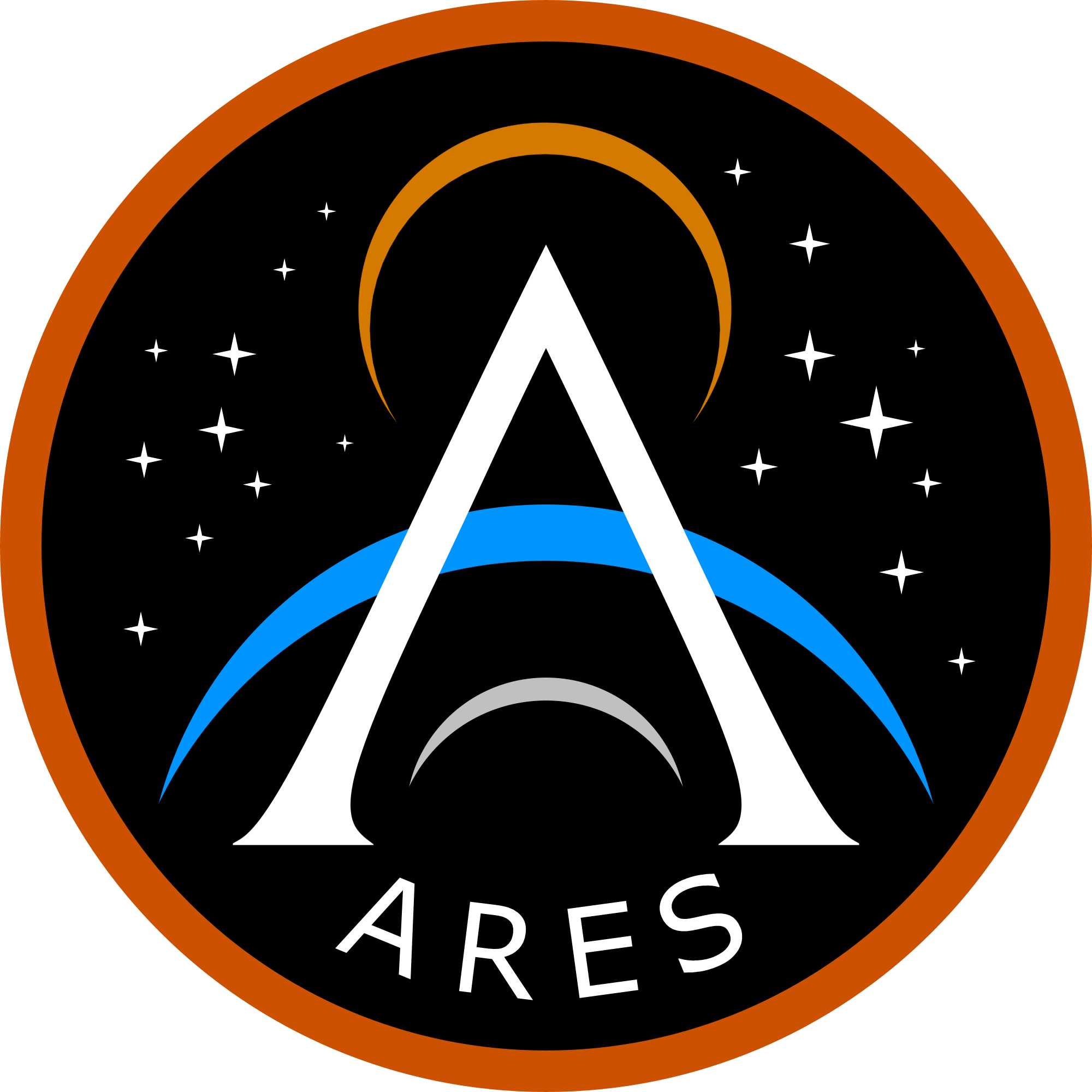

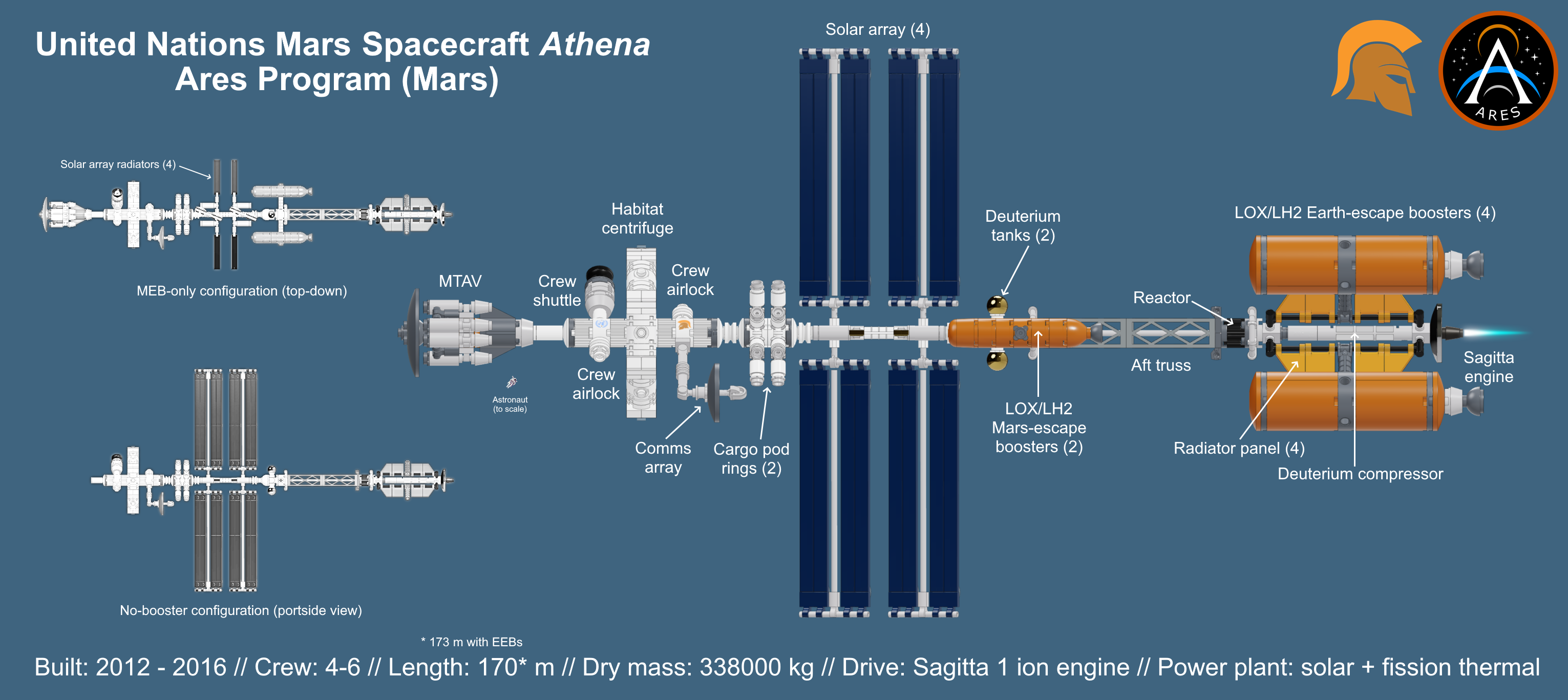



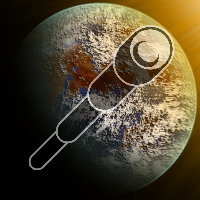
Cool article, and the sort of thing that makes me wonder if we could do this in real life. I'm sorry to say that my first thought on seeing a Mars mission called Ares was to check if you had mentioned anything about an engineer-botanist's fight for survival.
Thank you!! This is my vision for a spaceflight project we could pull off if we really put the effort in, so I'm glad to hear it comes off that way! And yeah, I figure it's pretty inevitable our eventual Mars program will be named Ares, just given NASA's track record with program names. XD I definitely pulled a lot of inspiration from Andy Weir's novel. He did an unbelievable amount of research when writing The Martian, so using that as my frame of reference really kept me on track! I did try to give it a subtle nod by including surface operation problems as part of the Ares III entry, but perhaps that was a bit too subtle... ;p